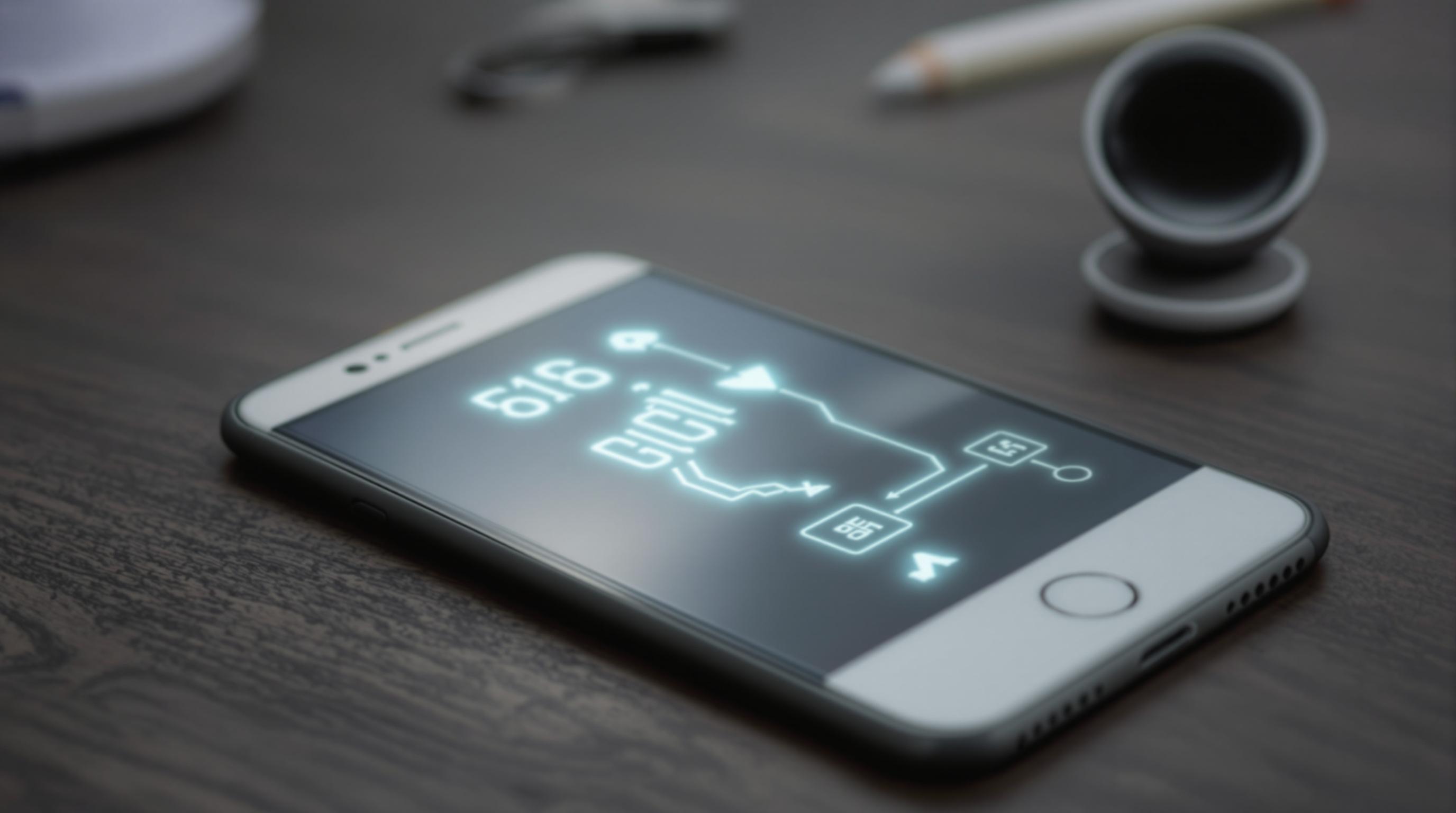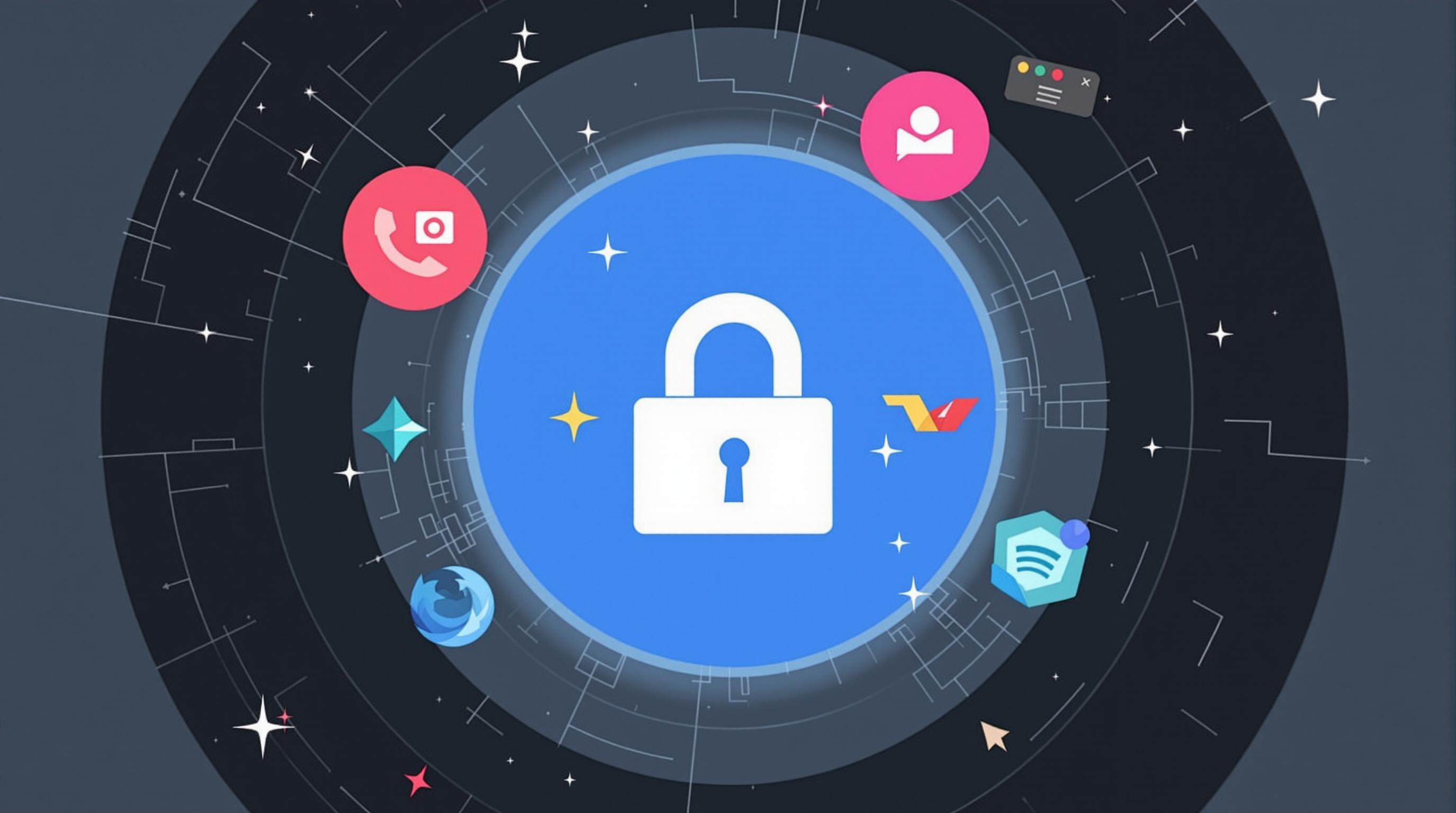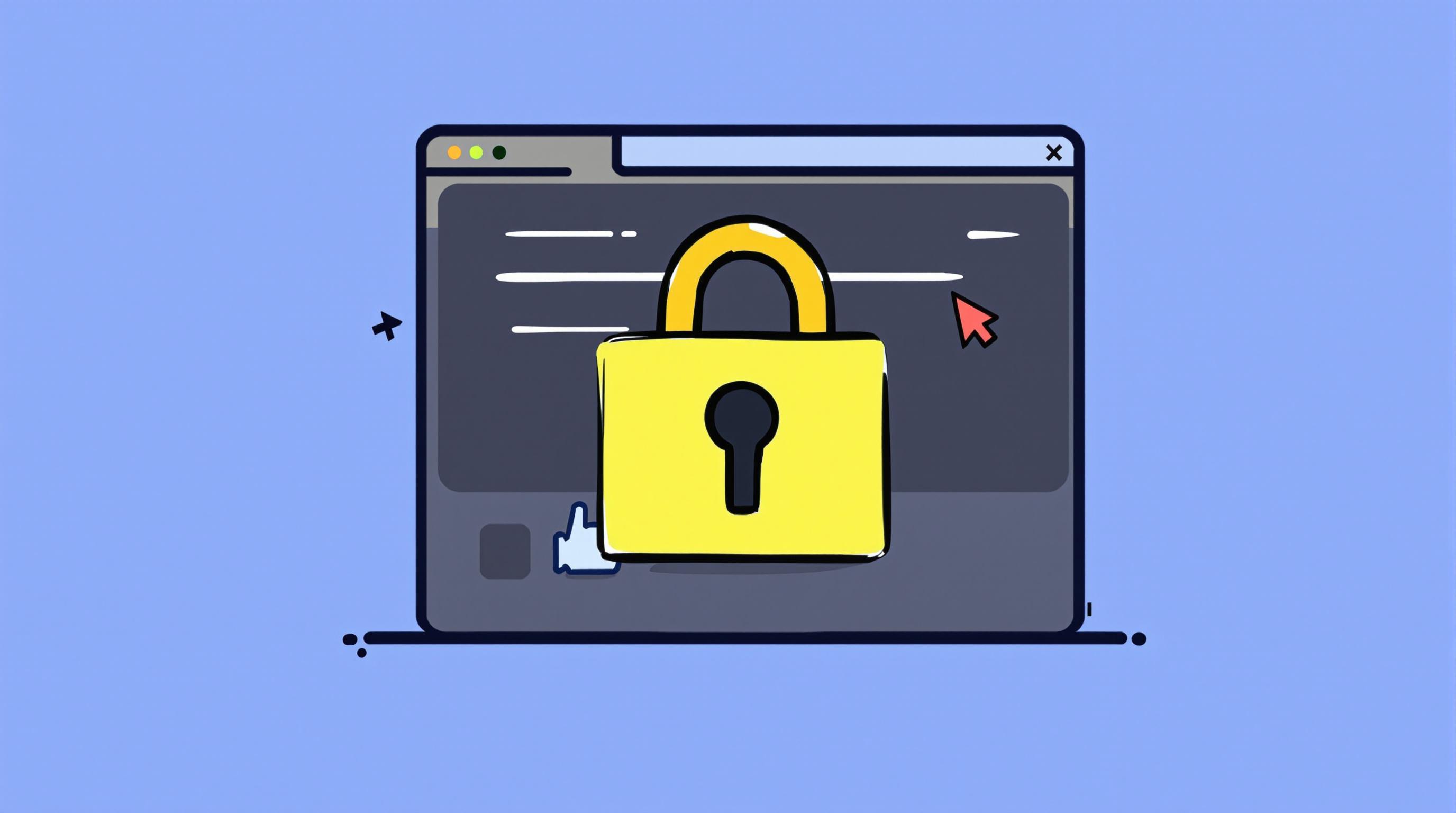Related Articles
- 7 Game-Changing Encrypted Messaging Apps Released Since 2019 That Redefine User Control
- Exploring Quantum Entanglement as a Future Layer of Protection for Connected Devices in Decentralized Networks
- Top 7 Privacy-Focused Cloud Backup Services Released Since 2019 That Redefine Data Control
- Exploring Psychological Barriers That Prevent Wider Adaptation of Dual Verification in Everyday Tech Use
- Top 6 Privacy-Focused Browsers from the Last Five Years That Outpace Giants in Speed and Security
- 6 Lesser-Known Identity Protection Gadgets From the Last Five Years That Actually Outperform Popular Brands
10 Essential Digital Detox Techniques to Enhance Your Online Safety and Boost Mental Wellness in 2024
10 Essential Digital Detox Techniques to Enhance Your Online Safety and Boost Mental Wellness in 2024
10 Essential Digital Detox Techniques to Enhance Your Online Safety and Boost Mental Wellness in 2024
1. Set Clear Boundaries for Screen Time
One of the most effective ways to begin a digital detox is by establishing clear boundaries for your screen usage. This means setting specific times during the day when you allow yourself to use devices and sticking to those limits strictly. Overuse of screens not only affects your mental health but can also increase exposure to online threats.
Research from the American Psychological Association suggests that limiting screen time to under two hours a day can significantly reduce anxiety and depression symptoms. Additionally, managing screen time reduces the likelihood of clicking on unsafe links or falling prey to phishing scams.
Try using built-in screen time tracking tools on your smartphone or third-party apps to monitor and control your digital usage. Consistent application of these boundaries can help you regain control over your digital interactions and protect your mental wellness.
2. Regularly Clear Your Digital Footprint
Your digital footprint consists of the data you leave behind when browsing the internet, which can be exploited by malicious actors. Periodic deletion of cookies, cache, and browsing history helps reduce the chances of data breaches and keeps your online identity safer.
In addition to improving safety, this habit contributes to a digital detox by detaching you from constant digital reminders and targeted advertisements, lowering stress levels. According to cybersecurity experts, a routine cleanup of your digital footprint is a proactive defense measure.
Setting reminders to clear your digital data weekly or monthly can make this practice automatic. Use privacy-focused browsers and avoid logging into unnecessary sites to further minimize your online trace.
3. Practice Mindful Social Media Use
Social media platforms are designed to capture your attention, often leading to excessive use and exposure to harmful content. By practicing mindful social media use, you limit exposure to negativity, misinformation, and privacy risks.
A study by Harvard University showed that conscious social media habits, such as curating your feed and taking intentional breaks, significantly improve mental health and reduce anxiety levels.
To implement mindful use, unfollow accounts that trigger negative emotions, set daily limits on apps, and designate social media-free zones or times during your day. These measures help maintain both your mental well-being and privacy.
4. Disconnect Before Bedtime
The blue light emitted by screens disrupts your circadian rhythm, making it harder to fall asleep and negatively impacting your mental health. Disconnecting from devices at least an hour before bedtime promotes better sleep quality and reduces stress.
The National Sleep Foundation recommends avoiding screens before sleep to mitigate insomnia and improve restorative rest. Better sleep enhances cognitive functions and emotional stability.
Create a nighttime routine that replaces screen time with relaxing activities such as reading a book or meditating. This not only supports detoxification from digital stimuli but also guards your privacy by reducing late-night online transactions.
5. Enable Two-Factor Authentication (2FA)
Boosting online safety goes hand-in-hand with mental wellness. Enabling two-factor authentication adds an extra layer of security on your online accounts, reducing the risk of identity theft and unauthorized access.
According to Cybersecurity & Infrastructure Security Agency (CISA), 2FA is one of the simplest and most effective ways to protect your personal information online. The peace of mind gained from enhanced security lowers anxiety related to cyber threats.
Set up 2FA on all your important accounts such as email, social media, and banking apps. Use authenticator apps instead of SMS codes for increased security and reliability.
6. Schedule Device-Free Activities
Integrating device-free activities into your daily life encourages mental breaks from screens and fosters healthier habits. Activities like outdoor exercise, hobbies, or face-to-face interactions can relieve stress and promote emotional well-being.
Studies in the Journal of Environmental Psychology highlight that time spent in nature without devices significantly reduces cortisol levels, the hormone linked to stress.
Plan device-free periods into your schedule, such as tech-free meals or weekend outings. These moments help you reconnect with yourself and others, making your digital detox more effective and meaningful.
7. Use Privacy-Focused Tools and Apps
Reducing the amount of personal data collected by mainstream apps is essential for online safety and reducing digital overwhelm. Privacy-focused browsers like Firefox or Brave, and search engines like DuckDuckGo, offer more control over your data.
According to a report by the Electronic Frontier Foundation, these tools limit tracking and enhance user privacy, which is vital for safeguarding mental health against stress linked to data breaches and surveillance.
Install privacy extensions such as ad-blockers and script blockers to further decrease exposure to malicious content. Opt for encrypted messaging apps to protect your communications.
8. Limit Notifications and Alerts
Constant notifications and alerts fragment your attention and increase cognitive load, contributing to anxiety and decreased productivity. By limiting unnecessary notifications, you help your brain focus and reduce digital fatigue.
Research from the University of California found that notifications disrupt mental workflows, leading to increased stress and diminished task performance.
Disable non-essential notifications on your phone and computer. Customize alert settings so you receive only important messages, allowing you to stay connected without feeling overwhelmed.
9. Engage in Digital Sabbaticals
Taking extended breaks from digital devices, or digital sabbaticals, can reset your relationship with technology and significantly benefit mental health. Even short sabbaticals over weekends or holidays can refresh your mind and foster self-awareness.
A 2023 study from Stanford University highlighted that participants who took digital sabbaticals reported improved mood, reduced anxiety, and enhanced focus upon return.
Plan your sabbatical by informing your contacts, setting auto-responses, and preparing alternative leisure activities. These breaks help break dependency on devices and reinforce safer digital habits.
10. Foster Awareness Through Education
Continually educating yourself on digital safety and mental wellness empowers you to make informed decisions online. Awareness about phishing, malware, digital etiquette, and mental health strategies equips you to handle digital challenges effectively.
Organizations like the National Cyber Security Alliance offer free resources and tips to improve online safety. Meanwhile, mental health apps and workshops help you cultivate mindfulness around technology use.
Make it a habit to read about emerging digital threats and wellness techniques regularly. This ongoing education not only protects your personal data but also enriches your understanding of how to balance technology with well-being.




